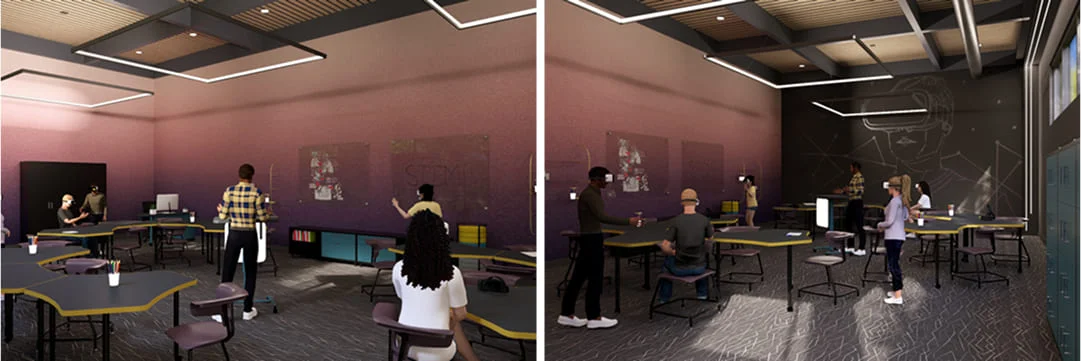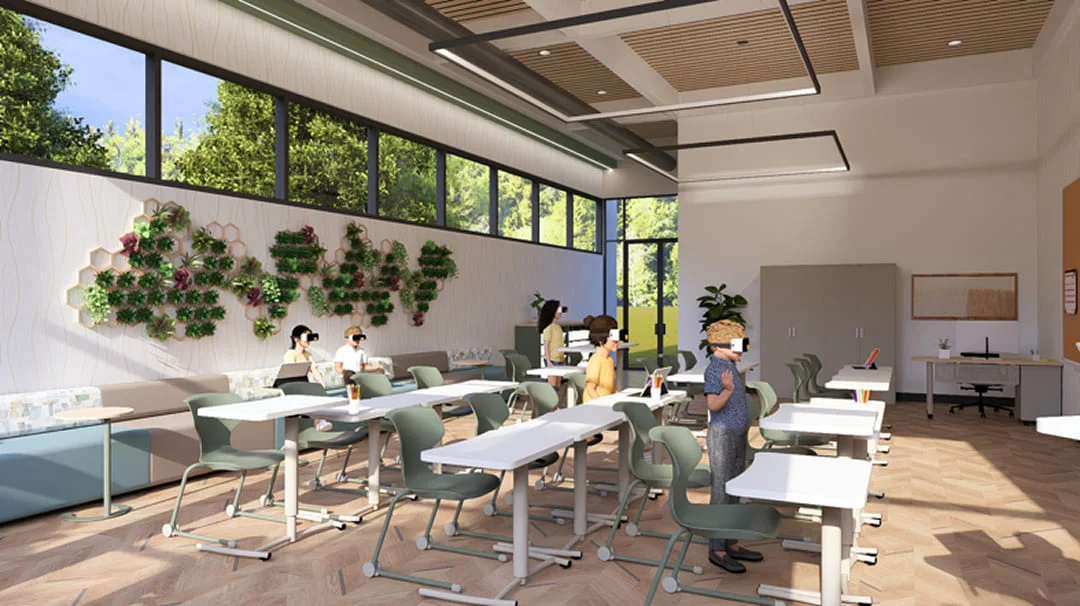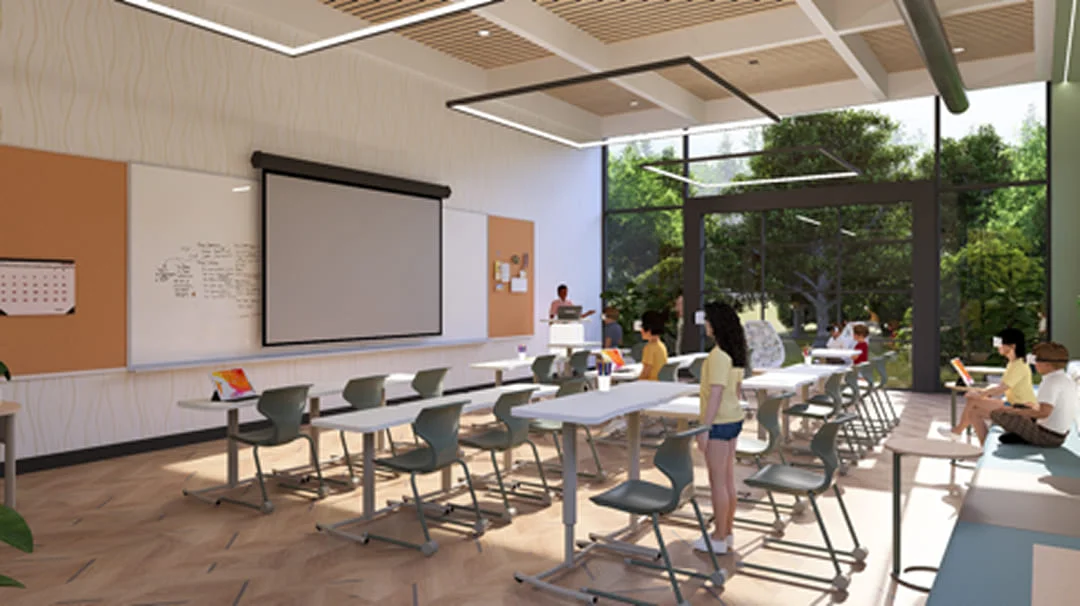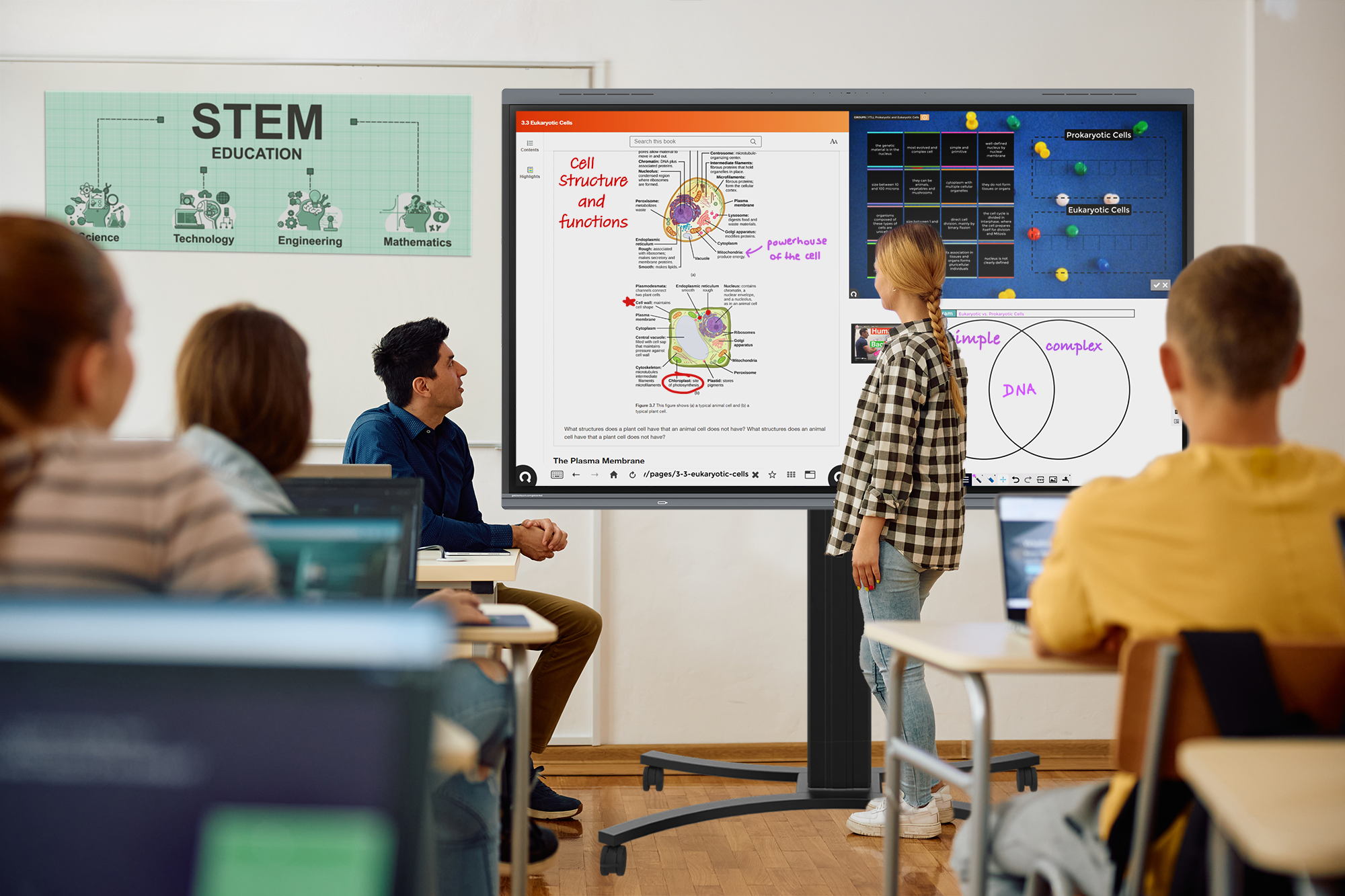Virtual and Mixed Reality in Education
In a world of technology, it is often hard for students to relate and connect to traditional learning. Virtual and mixed reality can help with this as they enhance engagement, strengthen retention, and improve comprehension in the classroom. Imagine a medical student practicing a real-life medical procedure, or a class exploring the Colosseum in history class—all through a virtual reality device. This is the future of education, and many higher education institutions are already incorporating immersive learning into programs such as engineering, medicine, and science.
- Engineering: Designing 3D environments, simulating hazards, practicing emergency response
- Medical: Practicing clinical scenarios, performing procedures, explaining diseases
- Science: Providing safe, cost-effective simulations to explore experiments and abstract concepts
Key advantages and distinctions of integrating virtual and mixed reality technologies into learning environments.
Virtual Reality
Virtual reality is a form of immersive technology used in higher education that enables students to explore 3D environments beyond the physical classroom and allows them to experiment in real-life scenarios. Arizona State University is one of many schools using VR immersive technology. Through their Dreamscape Learn Lab, they introduced a VR component to introductory biology courses, leading to grades 9% higher than traditional classes. Students reported enjoying the lab and being more engaged—with both the material and their classmates.
Bringing this concept to life requires looking beyond the technology itself and designing a space that fully supports immersive learning. Virtual reality labs often feature a modular yet minimalist design, including adjustable tables with maximized leg space, mobile chairs with synchronous tilting, and storage areas used for organizing VR headsets, controllers, and accessories. Some recommendations to get started are the use of Pillar Tables and Ruckus Chairs for student desking and seating, and a Ruckus Lectern for teachers to use for proctoring students when using VR devices. For the physical classroom space, elements like controlled ambient lighting, carpeted floors, and darker walls can help to reduce glare.

An inside look at virtual reality use in the classroom.
Mixed reality
Mixed reality is another form of immersive technology used in both K-12 and higher education. It brings virtual reality into the physical classroom environment, allowing students to experience traditional lessons in a 3D space. As Joana Simas shared, “I taught a lesson on World War One trenches in VR, and it recreated the environment—students were able to more deeply understand the environment, in a way that they couldn’t from a textbook.” Simas’ lesson shows how mixed reality can transform learning by creating deeper engagement and understanding while supporting different learning styles in the classroom.

For mixed reality to reach its full potential, the physical setup of the classroom plays a crucial role. It’s important that students remain aware of their surroundings and stay socially connected throughout the experience. These classrooms often feature an open-concept, modular layout with plenty of room for students to stand, move, and explore. Furniture is typically mobile, lightweight, and simple. For seating, options like the Cogni Chair offer ergonomic support and a sensory-friendly surface, while desks such as the Ruckus Cantilever Desk are easily adjustable and reconfigurable to support a range of activities.
Some features that can enhance the classroom further are natural lighting and biophilic design, which can help balance technology with nature, smart boards to support traditional learning, and the incorporation of a Ruckus Lectern, which can provide educators with a centralized spot to guide learning and monitor student progress during VR sessions. Together, these elements contribute to student success and support healthy, sustained engagement.

An inside look at mixed reality use in the classroom.
Virtual and mixed reality have helped students boost their performance, retain more information, and stay engaged in their learning. Across all different fields of study these technologies offer exciting ways to enhance education in both K-12 and higher education. As technology continues to evolve, it is essential to stay ahead of the trends and tools shaping the future of learning. What will make your campus stand out and future-ready?
Let’s build it together—contact us today to start creating your immersive learning environment




.jpg)
















